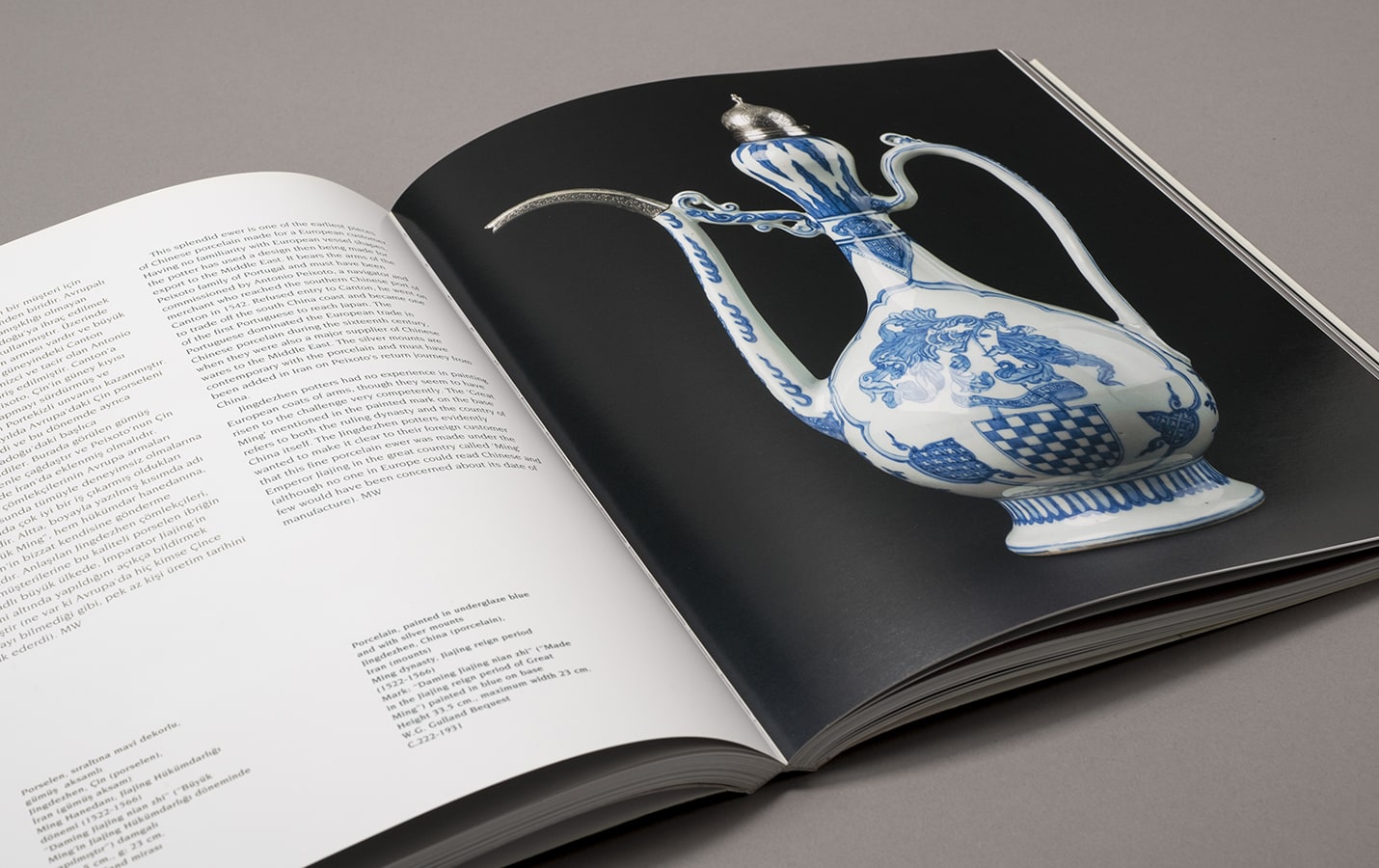May 15 - July 19, 2009
A unique selection from the globally renowned ceramics collection of Victoria and Albert Museum, one of the oldest and leading art institutions of Great Britain, was proudly exhibited for the first time in İstanbul, at the Pera Museum.
With its 150-year-old history and rich collections, Victoria and Albert Museum is one of the leading art and design museums in the world. Selected from the Victoria and Albert Museum's Ceramics Collection –a collection unparalleled in terms of its scope, diversity and global range- the exhibition not only featured masterpieces of world ceramic art from Antiquity to the present, but also explored the traditions and developments of one of the oldest and most important art forms in the world, revealing both the commercial and cultural interactions between civilizations. Ranging from early ceramics of China, to luxury wares of Renaissance courts, from İznik tiles to Sèvres porcelains, 115 unique examples of world ceramics were displayed at the Pera Museum, İstanbul after Korea, Germany and Syria.
Exhibition Catalogue

A unique selection from the globally renowned ceramics collection of Victoria and Albert Museum, one of the oldest and leading art institutions of Great Britain, was proudly exhibited for the...

A firm believer in the idea that a collection needs to be upheld at least by four generations and comparing this continuity to a relay race, Nahit Kabakcı began creating the Huma Kabakcı Collection from the 1980s onwards. Today, the collection can be considered one of the most important and outstanding examples among the rare, consciously created, and long-lasting ones of its kind in Turkey.

When regarding the paintings of Istanbul by western painters, Golden Horn has a distinctive place and value. This body of water that separates the Topkapı Palace and the Historical Peninsula, in which monumental edifices are located, from Galata, where westerners and foreign embassies dwell, is as though an interpenetrating boundary.
Tuesday - Saturday 10:00 - 19:00
Friday 10:00 - 22:00
Sunday 12:00 - 18:00
The museum is closed on Mondays.
On Wednesdays, the students can
visit the museum free of admission.
Full ticket: 300 TL
Discounted: 150 TL
Groups: 200 TL (minimum 10 people)